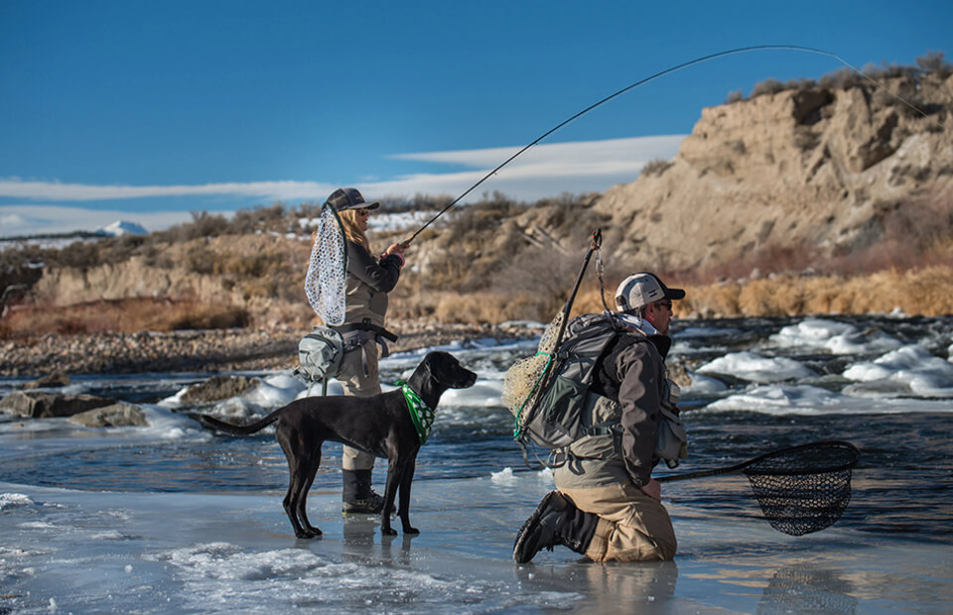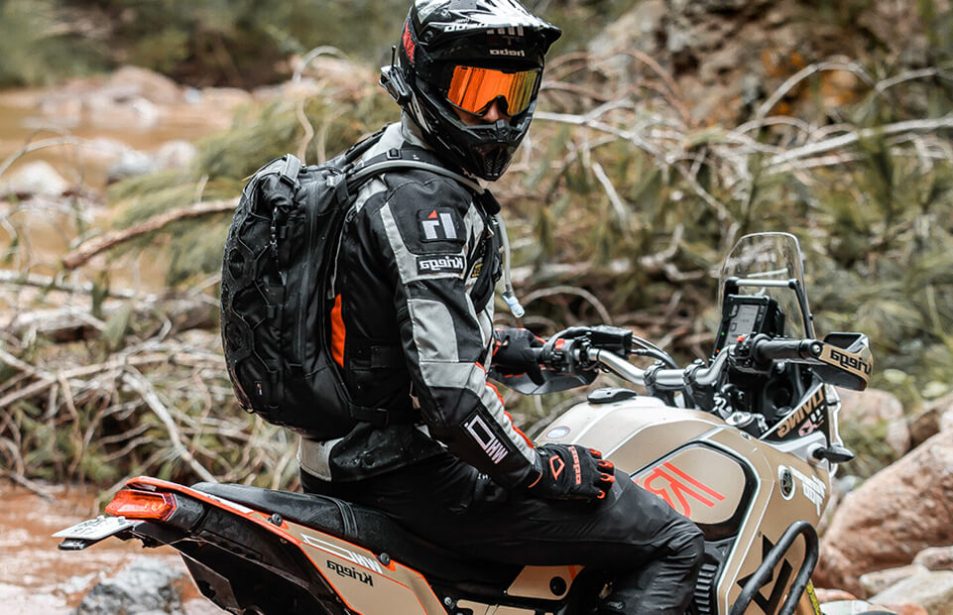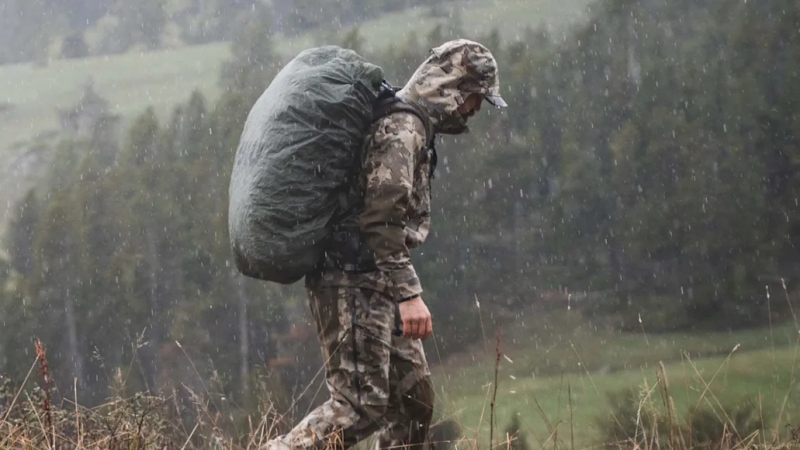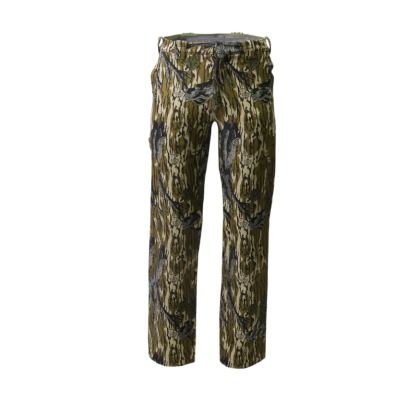Hunting Rain Suit Camouflage: Durable and Waterproof Gear for Every Season
Hunting Rain Suit Camouflage: The Essential Gear for Every Hunter
Introduction
The unpredictable nature of weather is a major consideration for hunters, making hunting rain suits camouflage an indispensable part of their gear. Whether facing a light drizzle or a heavy downpour, staying dry and concealed is essential for both comfort and success during the hunt. A camouflaged hunting rain suit ensures hunters remain undetected by their prey, while also providing the necessary protection from the elements.
In this article, we will explore the market trends, material choices, and technological advancements in camouflage rain gear, helping B2B buyers make informed decisions for their retail or distribution needs.
The Growing Demand for Hunting Rain Suits Camouflage
1. Market Overview
The global hunting apparel market is seeing continuous growth, with particular emphasis on waterproof gear. According to recent reports, the global market for hunting gear is expected to reach USD 15 billion by 2030, driven by the rising popularity of outdoor activities and increasing demand for functional, high-quality hunting wear. Camouflage hunting rain suits are a critical component of this market, offering practical solutions for weather resistance without compromising stealth.
As environmental conditions become more unpredictable, professional hunters, wildlife photographers, and even recreational enthusiasts increasingly turn to specialized gear that offers both protection and camouflage.
2. Trends in Hunting Apparel
Some key market trends influencing the development of hunting rain suits camouflage include:
Technological fabric innovations: The use of breathable, waterproof membranes like GORE-TEX and waterproof polyurethane (PU) coatings ensures that hunters stay dry while allowing sweat and moisture to escape.
Eco-friendly materials: More brands are integrating sustainable fabrics and recyclable materials into their products to cater to the growing eco-conscious consumer.
Integrated performance features: Enhanced windproof, UV-protective, and thermal-regulating properties are becoming increasingly popular in hunting rain gear, offering multi-season use.
Key Features of Hunting Rain Suit Camouflage
1. Waterproof and Breathable Materials
At the core of any effective hunting rain suit camouflage is its ability to keep the wearer dry while still allowing the body to breathe. Advanced membrane technology, such as GORE-TEX or HyVent, creates an effective barrier against rain and snow while promoting moisture wicking to prevent overheating. These materials allow hunters to remain comfortable in varied weather conditions.
Waterproof rating: The level of water resistance is typically measured by the waterproof rating of the fabric, usually in mm of waterproofness. Higher numbers indicate greater protection against heavy rain.
Breathability rating: This refers to how effectively moisture from sweat is allowed to escape, keeping the wearer dry and comfortable.
2. Camouflage Patterns for Stealth
Camouflage is one of the most important features of a hunting rain suit. Depending on the hunting environment, the rain suit will be designed with a specific camouflage pattern that blends well with the surroundings. Common patterns include:
Woodland camo for forested environments.
Mossy Oak or Realtree patterns for both forest and field settings.
Snow camo for winter hunting.
Digital camo or urban camo for specialized or tactical hunts.
The pattern design not only aids in blending with the environment but also helps hunters avoid detection by prey, increasing their chances of a successful hunt.
3. Durability and Comfort
Hunting rain suits need to withstand the rigors of the outdoors. That’s why abrasion-resistant materials like nylon, polyester, or ripstop fabric are commonly used. These fabrics are designed to endure harsh conditions and prevent wear and tear caused by contact with rough terrain.
Additionally, rain suits are often designed for easy movement, with features such as adjustable hoods, ventilation zippers, and stretch panels that allow hunters to move freely without restricting their actions.
Manufacturing and Production Process
1. Fabric Sourcing and Technology
The production of hunting rain suits camouflage begins with the selection of high-quality fabrics. Manufacturers typically source waterproof, breathable fabrics that meet the necessary performance standards. Some brands opt for membrane lamination processes to create waterproof and breathable layers, while others use coatings to achieve similar results.
2. Design and Patterning
Once the fabric is chosen, designers create patterns tailored to the specific type of hunting and the camouflage required for the environment. 3D modeling and computer-aided design (CAD) tools are often employed to ensure that the suit offers a comfortable, ergonomic fit while allowing freedom of movement.
3. Cutting and Sewing
After the design phase, the fabric is cut into components and sewn together with durable, waterproof seams. Many manufacturers use heat-sealing technology to bond the seams, ensuring that water cannot penetrate through these joints. Zippers, cuffs, and pockets are added with water-resistant coatings to prevent leaks.
4. Testing and Quality Control
Once the hunting rain suits are constructed, they undergo rigorous waterproof tests, including rainfall simulation and pressure tests to ensure their performance in real-world conditions. Additionally, they are checked for abrasion resistance, breathability, and flexibility to meet the high demands of hunters.
FAQs About Hunting Rain Suit Camouflage
1. What makes a hunting rain suit waterproof?
A hunting rain suit is waterproof due to the use of high-quality, water-resistant membranes or coatings that block water from entering the suit. Popular waterproof technologies include GORE-TEX and PU coatings.
2. Can I use a camouflage rain suit in any season?
Yes, many camouflage rain suits are designed for year-round use. They often feature adjustable vents or removable liners for versatility in various weather conditions. However, certain patterns, like snow camo, are specific to colder climates.
3. How do I choose the right camouflage pattern for my rain suit?
The camouflage pattern should match the environment where you plan to hunt. For example, woodland camo is ideal for forests, while field camo works well for open, grassy areas. You can also opt for multi-terrain camo for versatility across different landscapes.
4. How should I care for my hunting rain suit?
To prolong the lifespan of your rain suit, always follow the manufacturer’s care instructions. Generally, hunting rain suits should be machine washed on a gentle cycle with cold water and air-dried to maintain the integrity of the waterproof coating.
Conclusion: Equip Yourself for Every Hunt
Hunting rain suits camouflage are essential for hunters who face unpredictable weather conditions. Offering waterproofing, breathability, and stealth, these suits ensure that hunters can stay comfortable and concealed, maximizing their chances for success.
We offer a range of high-performance, durable, and camouflaged rain suits designed to meet the needs of hunters across various environments. Whether for large-scale retail or specialized outdoor stores, our products are built to withstand the rigors of the wild.
Contact us today to inquire about our selection of hunting rain suits or to receive a customized quote for bulk orders. Let us help you provide the highest quality gear to your customers.












